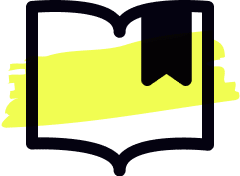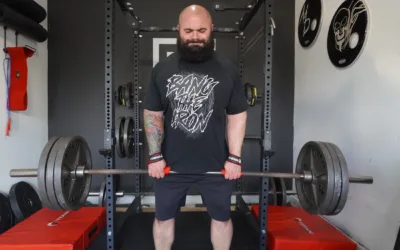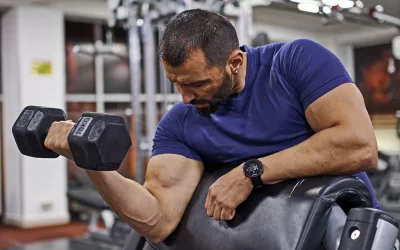How to Improve Your Posture With Face Pulls
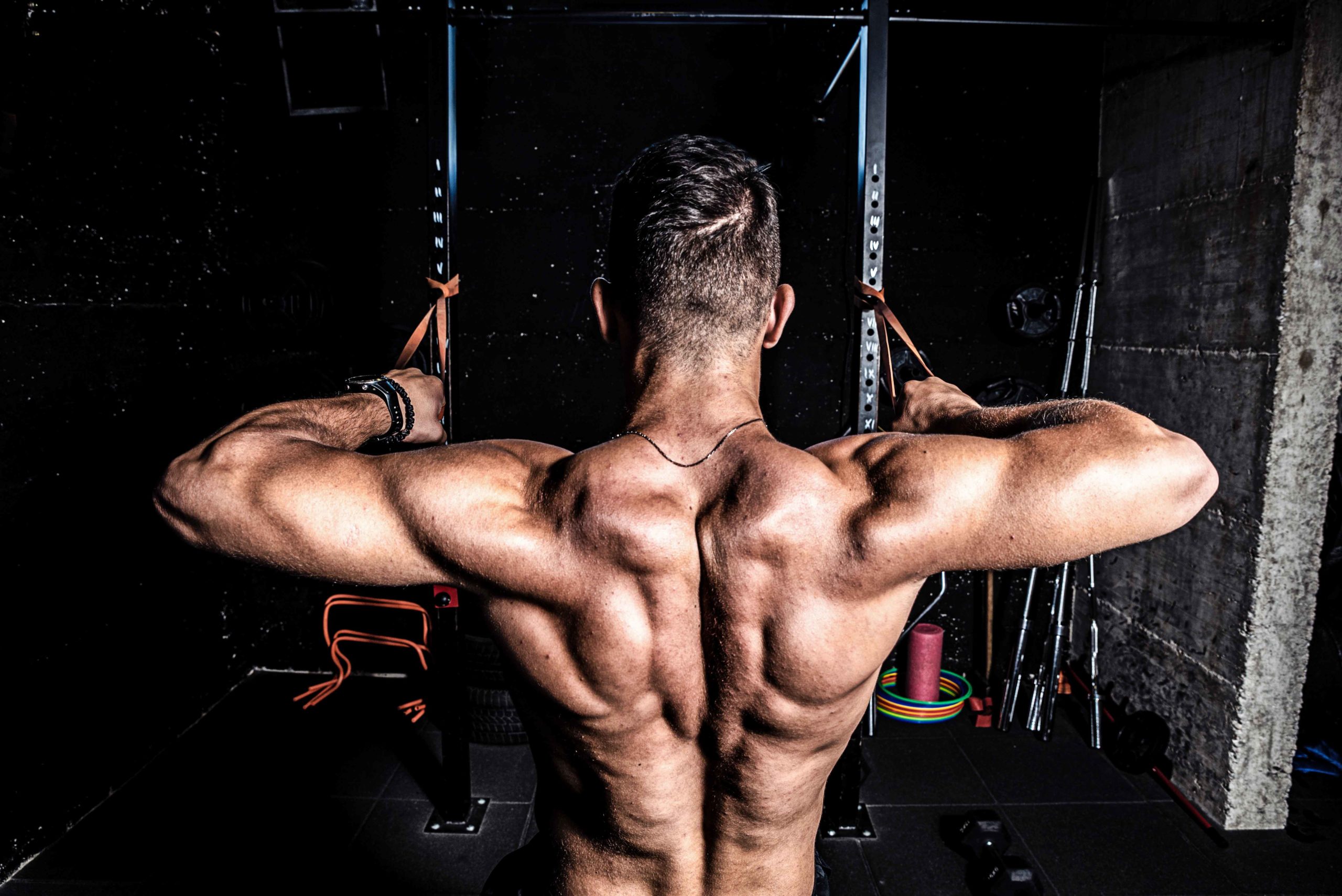
Cole Hergott is the head S&C coach at Trinity Western University in Langley, BC. With a master’s in coaching science and his CSCS, he’s got the passion for fitness, nutrition, and sports. In this blog, he explains how to correctly do a face pull and the importance of adding it into your strength training routine.

Your Posture is Deteriorating. The Face Pull Can Help.
“Fix your posture!”
“Stand up straight!”
“Text-neck kills your gains!”
“Stop slouching!”
You’ve probably heard one or all of these statements at some point. It’s no secret that our modern lifestyle is not great for your posture (ie. texting, sitting, watching TV/Netflix). Unfortunately, it’s not possible for you to simply abandon using your devices and stand up straight every waking second. So, the question becomes: What can you do to fight the battle against poor posture and maybe even improve it?
Enter: the face pull.
The face pull offers a number of benefits, but today I am going to talk specifically about how this movement can help your posture.
Face Pull Benefits & Muscles Worked
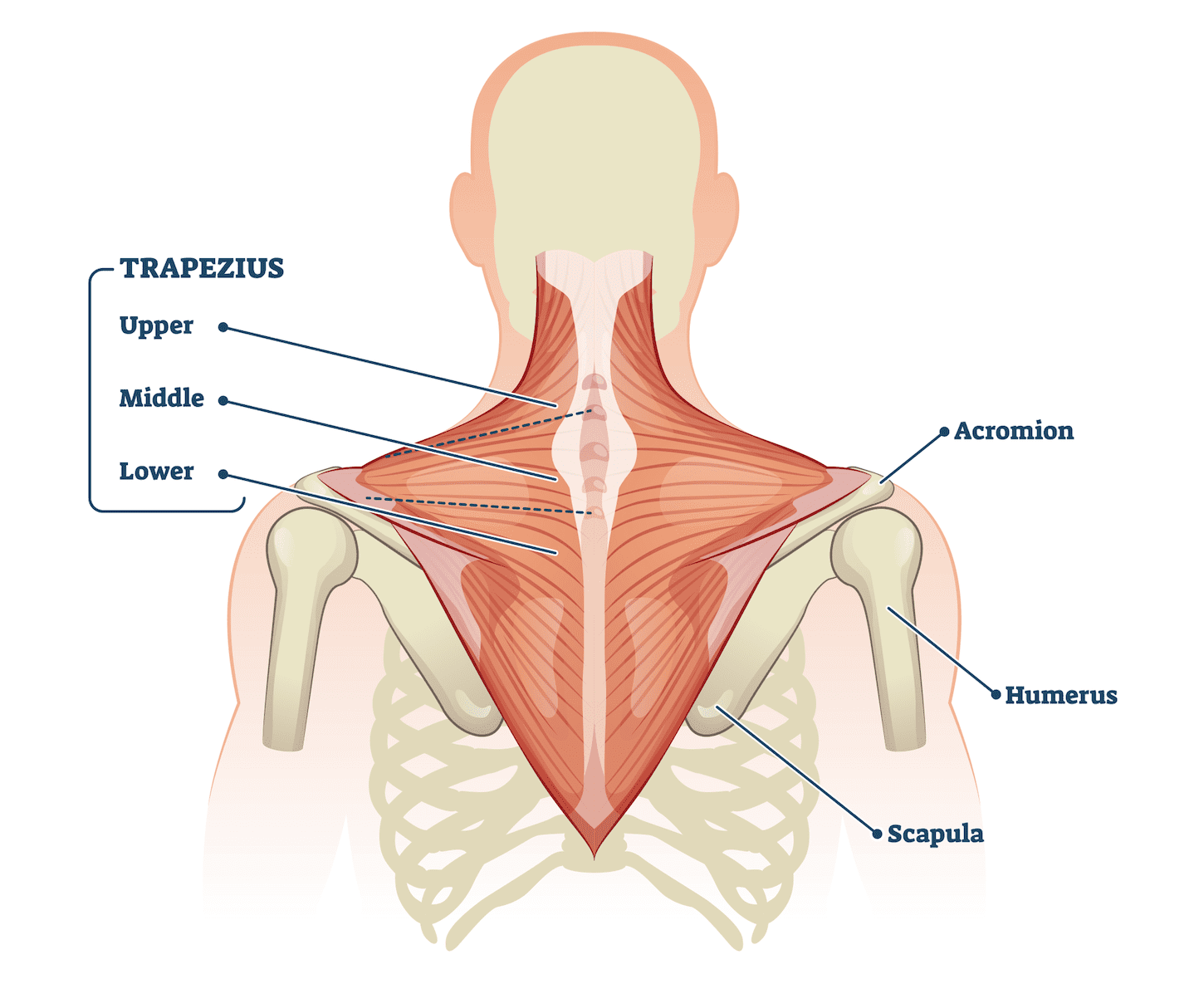
While all pulling exercises can help strengthen these muscles, there is one other major aspect that the face pull offers that helps fight poor posture that I want to focus on.
Most poor posture is caused by our lifestyle habits and an overemphasis or fascination with pushing/pressing exercises in the gym. This leads to overdeveloped anterior muscles (chest muscles) that pull our body forward as they get stronger. Having overdeveloped chest muscles can lead to rounded shoulders, which comes from excessive internal rotation of your shoulder joints.
What does this look like? If you stand straight up facing a mirror with your arms hanging loosely by your sides, you should not be looking at the backs of your hands. Instead you want to see the side of your hands (your thumb).
If you’re looking at the backs of your hands (without trying to correct it), this means your shoulders are internally rotated and you could use some assistance to fix it. Once again, this is where the face pull can help.
You Work too Hard to Not See Progress
Find Your Perfect Training Plan
Options for Every Goal
Training plans from real coaches covering any goal, fitness level, and number of sessions per week.
The Best Coaches
Get coached by the best. Olympians, ex-NFL stars, Titan Games Winners, Sport Scientists and more.
Starting at $1/ day
With many options including a free 7 day trial, you can try out programming before you commit.
What Makes the Face Pull Different From Other Pulling Exercises
If you have been going to the gym for at least a month or even just researched online about how to train, you most likely have heard about balancing your pushing movements with your pulling movements to keep a strong back and improve your posture. While that is true, most common horizontal pulling exercises (i.e. 1-Arm DB row, inverted row, bent-over row, seated cable row) all lack one aspect that the face pull adds: external rotation of the shoulder.
If you look at the end point of a row, you want to see the elbow around 30-45 degrees away from the body, with a tall chest and shoulder blades squeezed back.
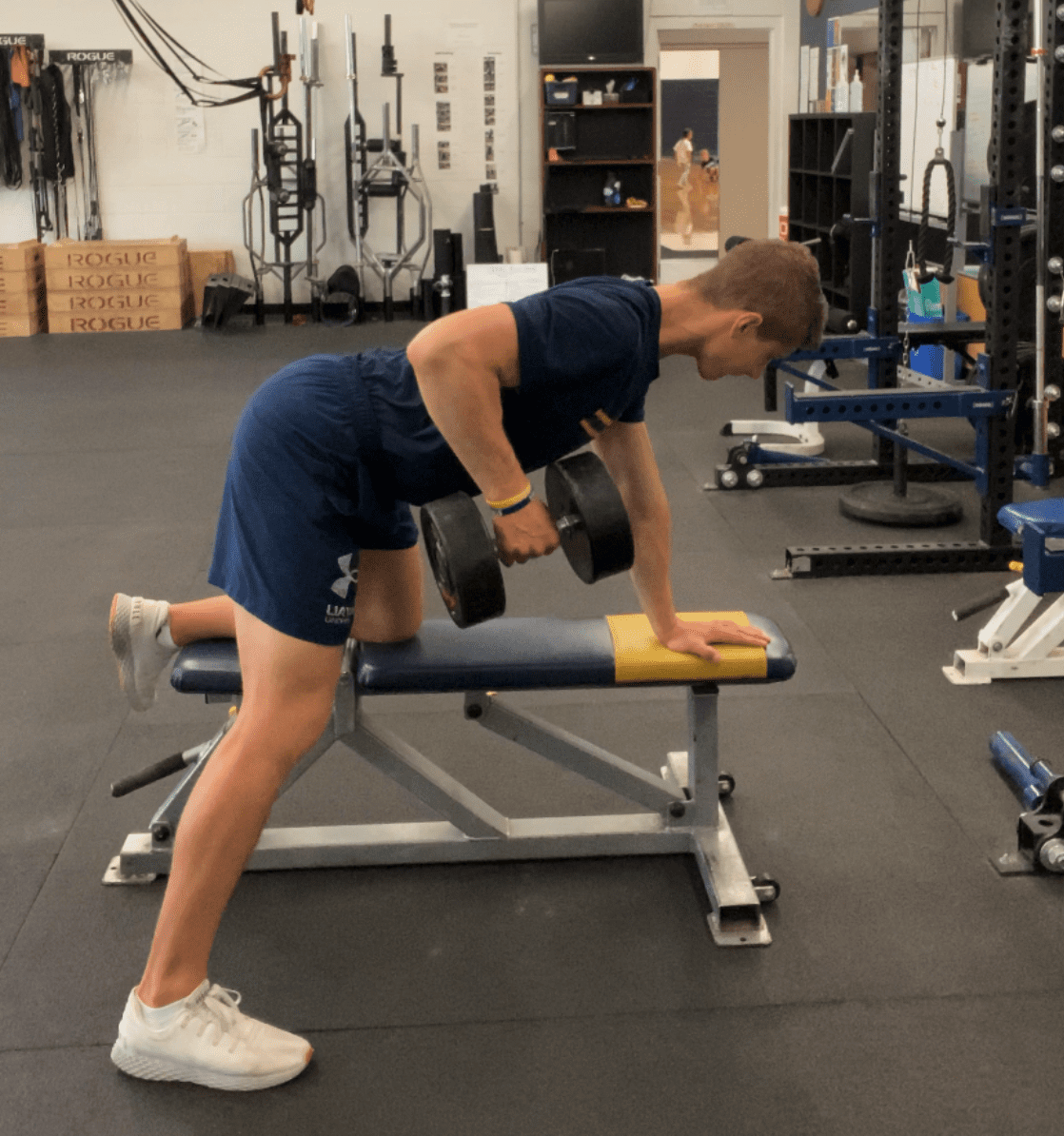
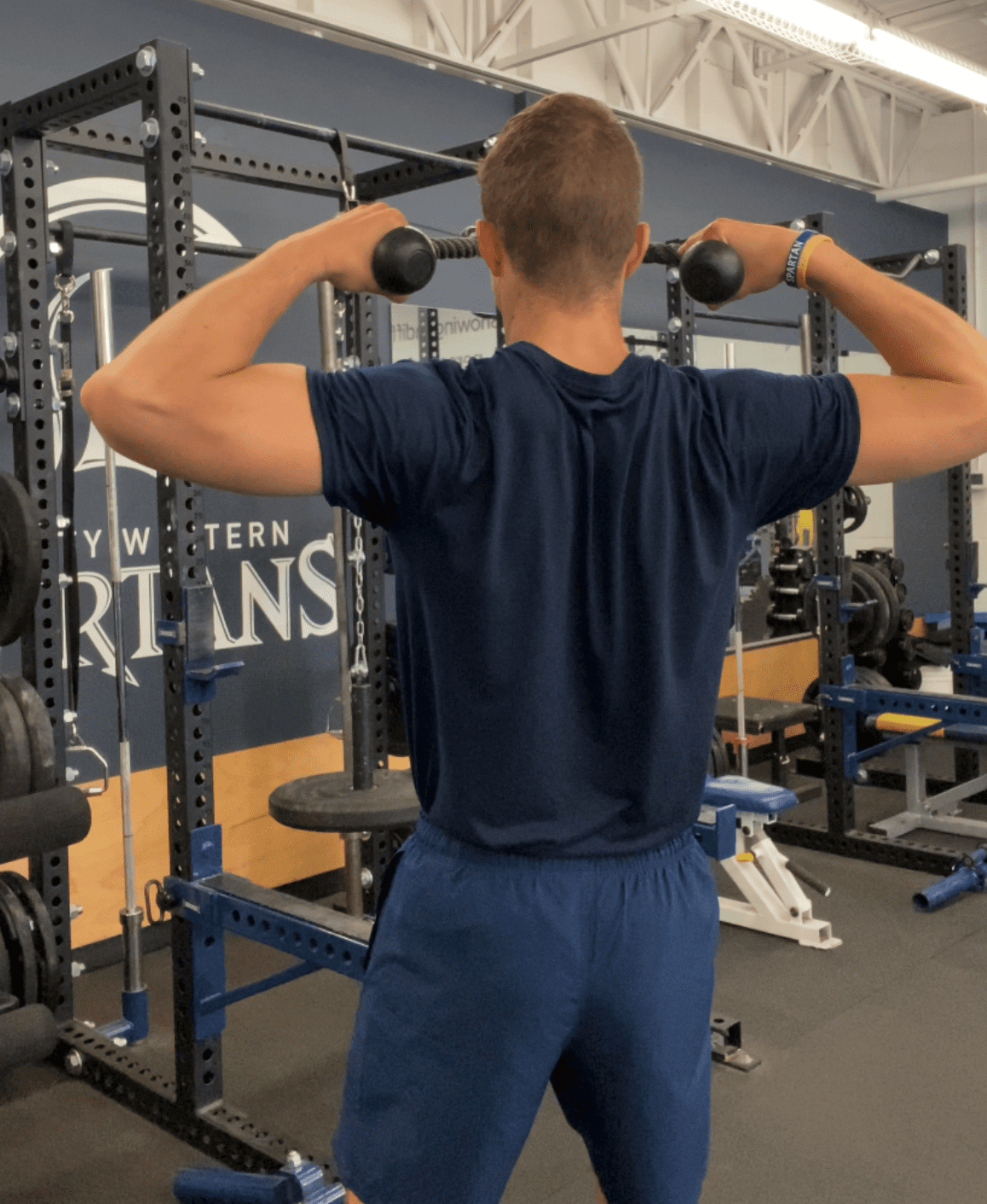
Level Up Your Training
With TrainHeroic’s immersive training app
TrainHeroic does everything you wish your old gym notebook could do.
Take the guesswork out of training with built-in exercise instruction and basic training programs. Compete against yourself and others. Track your performance and readiness. Smash your goals.
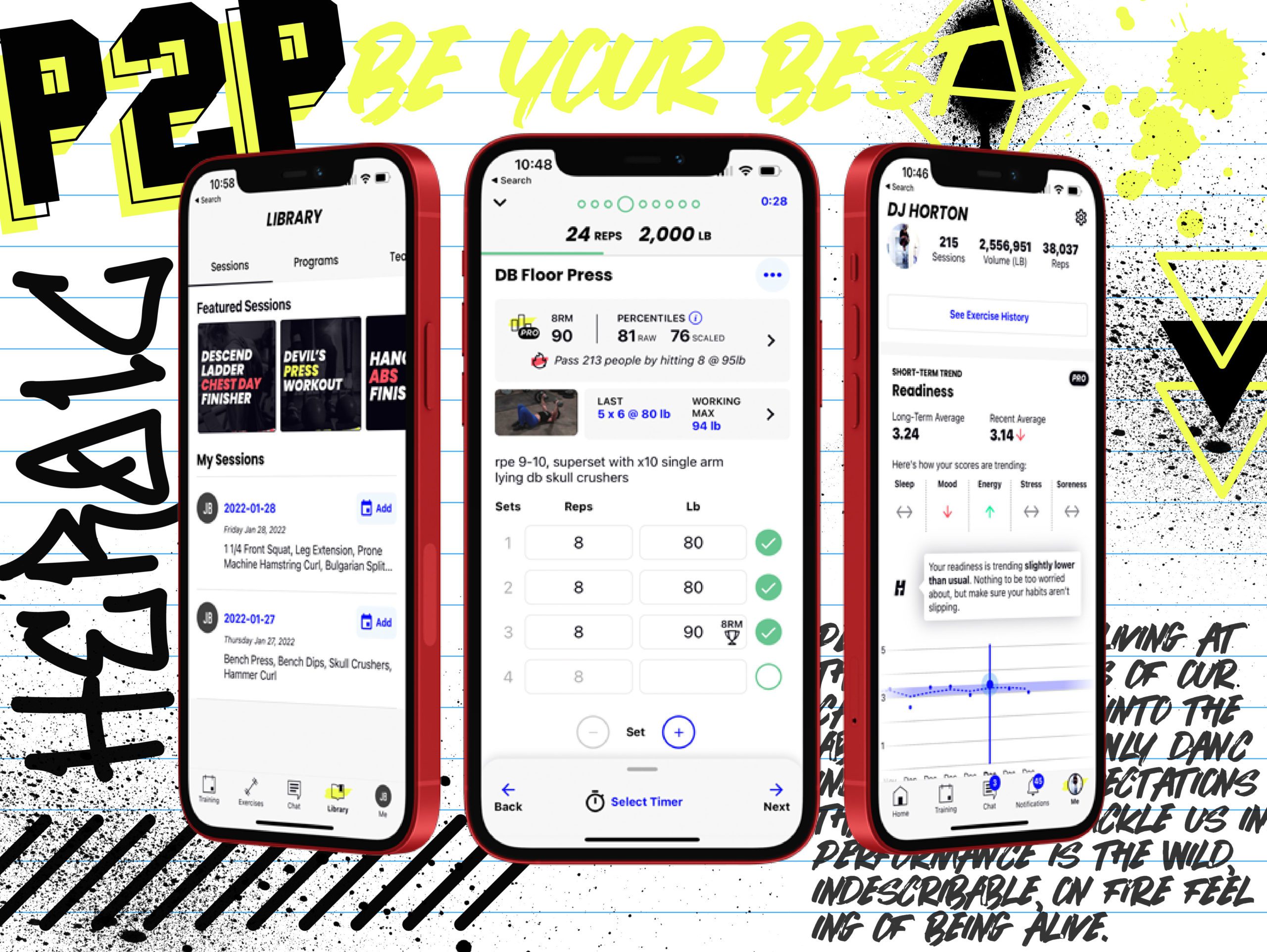
How to Add the Face Pull Into Your Strength Training Program
Face pulls are best trained at higher volumes and in larger rep schemes. This is due to the fact that your back muscles are primarily slow twitch fibers that need the extra volume to have a better training/growth effect.
Doing sets of 1-3 on face pulls will not get the stimulus you need, and it will lead to some heavy involvement of the lower body as you pull. Aim for sets of 12-15 repetitions at a light to moderate weight so you can focus on actually using your upper back muscles during the movement.
Squeeze at the top of the movement for a second, then slowly let your arms go. By using a controlled tempo, hard squeeze, and appropriate weight, you’re more likely to get the intended effect using the right muscles. (For more coaching cues, check out this article on face pulls.)
Correctly performing the exercise is incredibly important. A poorly done face pull with your shoulder dumping forward, your head bobbing up and down like a chicken, or using your legs too much is not going to get you the results you desire. Leave the ego at the door and do it right!
In a world that drives us into internal rotation, it’s important to offset our lifestyle habits by including exercises that deliberately work on external rotation. This can be the golden ticket to giving you the upper back strength you need to fight poor posture and enhance your performance. If these benefits are something you’ve been looking for, then it might be time to add face pulls to your strength training routine.
Want Training Tips, Exercise Guides & Knowledge Bombs Sent to Your Inbox?
Sign up for the FitNerd newsletter from TrainHeroic
Related articles
Winter Warfare: How to Bulk Up This Season
It’s that time of the year to wreak havoc and prepare for a massive winter bulk! But wait, what is a winter bulk? What does it take, and how do we achieve it? Joseph Lucero (CSCS), owner of Harvesting Strength, is a powerlifter and strongman coach with years of...
A Simple Guide to Nutrition Tracking
Nutrition tracking: loved by Type A athletes, loathed by everyone else. But it doesn’t have to feel like balancing your checkbook. With the right tools (and the right mindset), tracking becomes less about obsession and more about awareness.Written ByFred ormerod Fred...
How to Do Preacher Curls for Bigger Biceps
Who doesn’t love hitting a good biceps workout and feeling that skin-splitting pump? The preacher curl is a great exercise for bulking up your biceps, but using the EZ bar isn’t the best option for everyone. To build juicy biceps without pissing off your elbow joint,...

Join the community
Sign up for the latest training news and updates from TrainHeroic

About TrainHeroic
Support
Made with love, sweat, protein isolate and hard work in Denver, CO
© 2021 TrainHeroic, Inc. All rights reserved.

